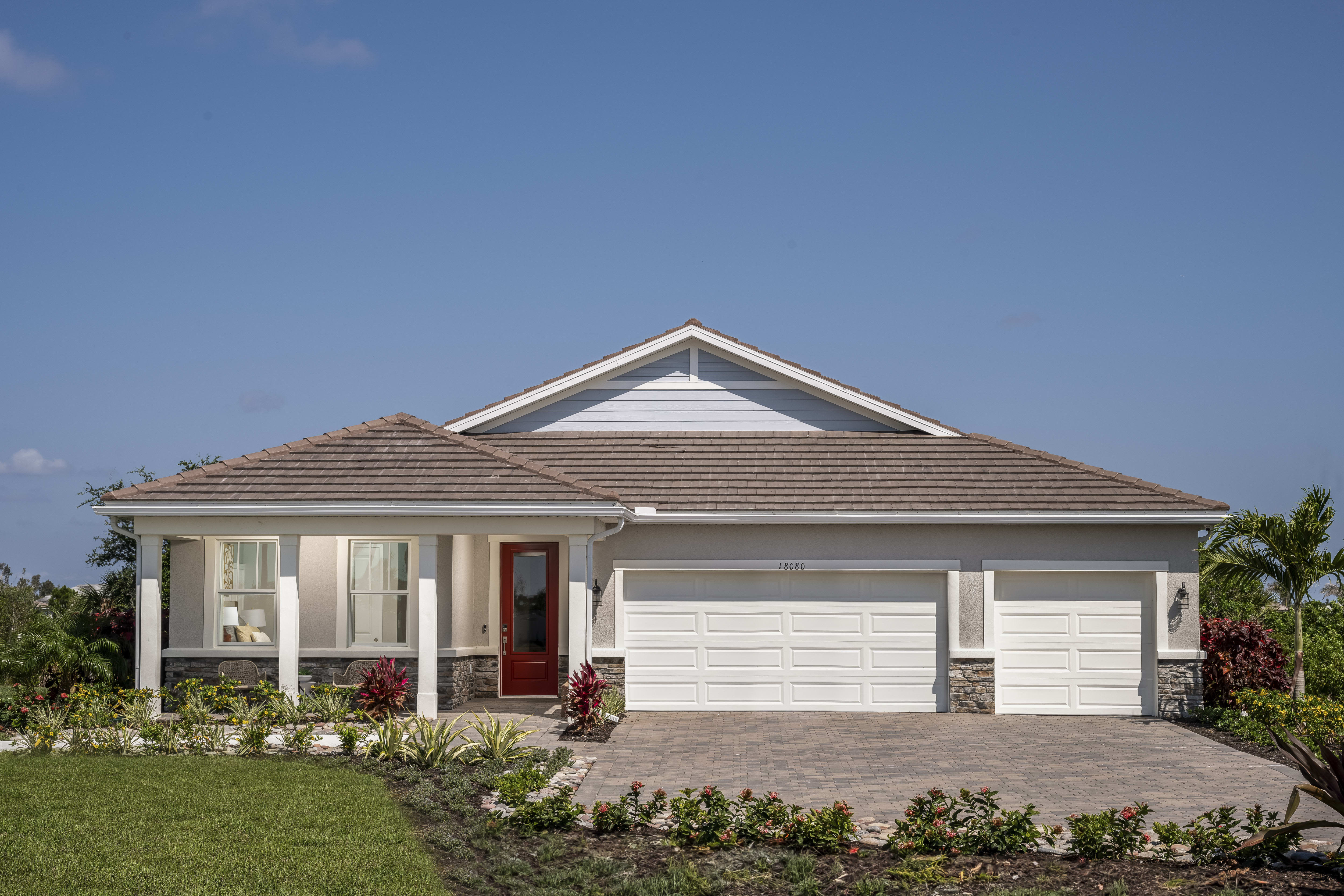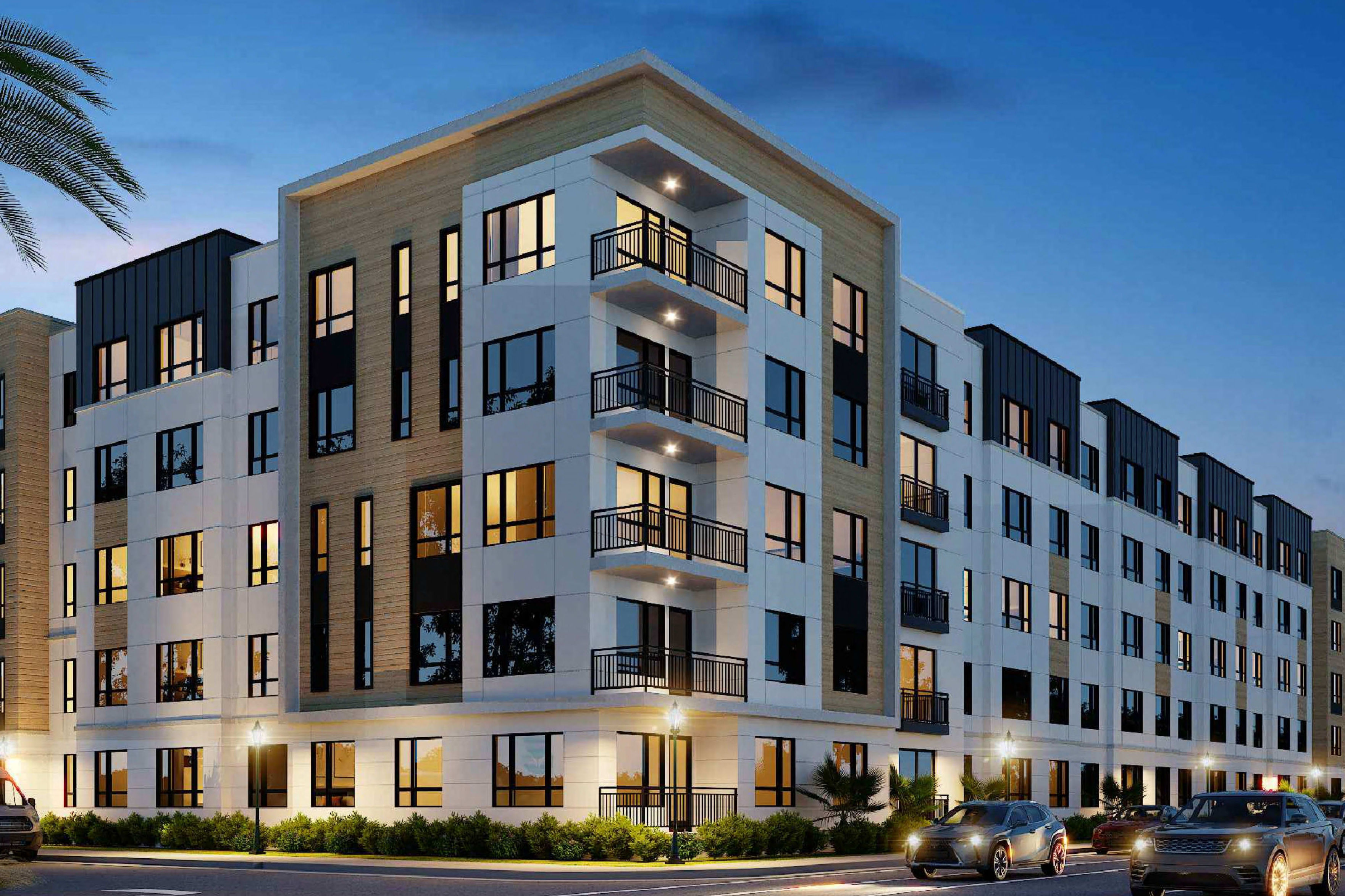From Storms to Stability, Three Local Realtors Share Their Predictions for 2025

The Sarasota real estate market, often recognized for its coastal and cultural allure, shifted in 2024. While the nation experienced a modest 2.3 percent uptick in home prices, according to the Zillow Home Value Index, Sarasota stood among the top three metro areas where prices softened the most—dropping 5.7 percent year-over-year, according to ResiClub data.
Factors like increased inventory, hurricanes, an election year, new condo legislation, and shifts in buyer preferences played a role in shaping the landscape. Still, prices remain high for many first-time home buyers and locals. In fact, the ultra-luxe local market saw record prices that broke the $20 million mark for the first time.
To better understand the evolving market, three prominent real estate professionals—Judie Berger of Sotheby’s International Realty and Robert Goldman and Drayton Saunders of Michael Saunders & Co.—offer their insights. From the lingering impacts of hurricanes Helene and Milton to the rising demand for new construction, here are their thoughts on the challenges and opportunities that defined 2024 and provide a forecast for 2025.
How would you describe Sarasota’s real estate market as we move into 2025?
Judie Berger: "Three months ago, I would’ve said we were back to normal pre-pandemic conditions, but the hurricanes and other factors added complexity. Buyers like the charm of older properties and the resilience of new construction and building codes. The market is stabilizing, but certain areas, like the barrier islands, are seeing a shift towards teardown properties and vacant land, which were rare before. So those may offer new opportunities."
Robert Goldman: "This was the first year in recent memory where we saw a softening in prices early on. Nationally, prices rose, but Sarasota saw a 10 percent decline, which brought inventory back to 2019 levels. That said, this adjustment is healthy for the market. Hurricanes Helene and Milton created temporary disruptions in October, but pending sales surged in November by 53 percent compared to the previous month."
Drayton Saunders: "Sarasota’s market bounces back after challenges, whether it’s a financial crisis, red tide or hurricanes. However, some long-time condo residents can no longer keep up with rising reserve requirements and are being forced to sell older units. Much of these cost increases are a direct result of changes prompted by the Surfside tragedy. There's a big difference between old and new or unique, though. There's only one St. Regis, for example."
How did hurricanes Helene and Milton impact the market?
RG: "The hurricanes disrupted sales in October. However, the market rebounded quickly in November, with pending sales up 17.8 percent compared to November 2023. These events highlighted the importance of structural resilience, pushing buyers to prioritize properties that meet modern codes."
JB: "There’s been a noticeable increase in demand for new construction. We’re also seeing more investor inquiries, but they’re often looking for rock-bottom pricing. For first-time home buyers and empty nesters, it's still tough. Our real estate is still desirable, which has driven up prices. Investors can pay cash, and in most cases, a seller will choose cash over offers that rely on a loan."
What are buyers looking for in a home?
RG: "Coastal contemporary, particularly for properties near the beach—despite the risks."
JB: "While new construction is appealing, many still value the charm of older properties, though the cost of updating them can be a deterrent. The older buyers don't want to do stairs or use an elevator, and want to open their sliding glass doors and step out to the pool. Older homes fit that, and they're often more affordable. There's also always a pool of buyers who love that modern look reminiscent of the Sarasota School of Architecture.
"Now the questions [we're getting] are, 'Did the house flood?' 'What's the elevation and insurance?' 'Where did it flood and has it been renovated?' What was done?' If they can afford new, they choose that first."
DS: "Lifestyle preferences—proximity to the beach, cultural amenities and views—will likely regain prominence in 2025 as the storms' effects wear off."
How have mortgage rates and insurance costs shaped the market?
RG: "Higher mortgage rates—around 6.8 percent this year—slowed sales and reduced prices by roughly 10 percent. If rates drop to 5.75 percent or 6 percent in 2025, we could see a moderate increase in both sales and prices. As for insurance, it’s a growing obstacle but hasn’t derailed transactions."
JG: "Insurance challenges make buyers more cautious, particularly with older properties. It's always been a piece of the puzzle, especially for barrier island properties. The question is, will we have another mass exodus of insurance companies from the state? We're even waiting to see how it will roll out for cars, since so many were lost in Helene."
This year, National Association of Realtors reached a landmark settlement that redefined how buyer-agent commissions are handled. Previously, sellers typically paid 5 percent to 7 percent in commissions, split between their agent and the buyer’s agent. The settlement now clarifies that commissions are negotiable, requiring realtors to clearly communicate their fees and services. It also shifts the responsibility for paying buyer-agent fees from sellers to buyers in many transactions. The change reduces costs for sellers and gives buyers more control over agent selection and fees, but critics warn it could make purchasing a home pricier for buyers. How has it affected realtors so far?
JB: "We're still working through education and informing the public, even among realtors."
RG: "It’s made things better for me. Now, I only work with buyers who sign a contract with me, and it hasn’t affected my fees. What it does change is where the disclosure about how the buyer’s agent gets paid appears. Previously, if you procured a buyer, the Multiple Listing Service (MLS)–a private database used by real estate professionals to share property listings and streamline transactions–would state, 'We’ll give you X percent.' The only difference now is that this information can’t be in the MLS. Instead, it’s disclosed on a an agent's website or shared through a quick phone call. The public and some realtors are interpreting this as a fee drop, but I haven’t seen that happen in practice. The settlement also requires that no realtor can show a property without a buyer-broker agreement. Before Aug. 17, 2024, a buyer could call me to see a house without a contract. We’d develop a rapport, but sometimes, they’d end up buying elsewhere. Now, I can require buyers to sign a contract agreeing to pay me a fee of X percent if I find them a home. If there’s a shortfall in what I’m paid by the listing agent, the buyer agrees to cover the difference. This change ensures that buyers are contractually committed to working with me."
What’s your advice for buyers and sellers in 2025?
JB: "For buyers, take advantage of current inventory and be open to properties that might need updates. For sellers, competitive pricing is crucial. Understanding the market dynamics post-Covid and post-hurricanes is key. Also, declutter, stage your home and get professional pictures done [for the listing]. It pays off."
What are your predictions for Sarasota’s real estate market in 2025?
DS: "While challenges like insurance and storm impacts persist, the region’s natural beauty, arts scene and established reputation ensure continued growth and interest."



